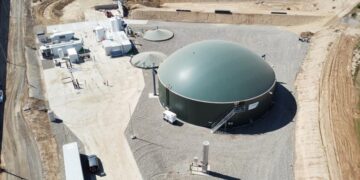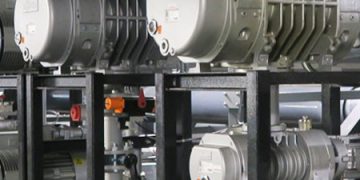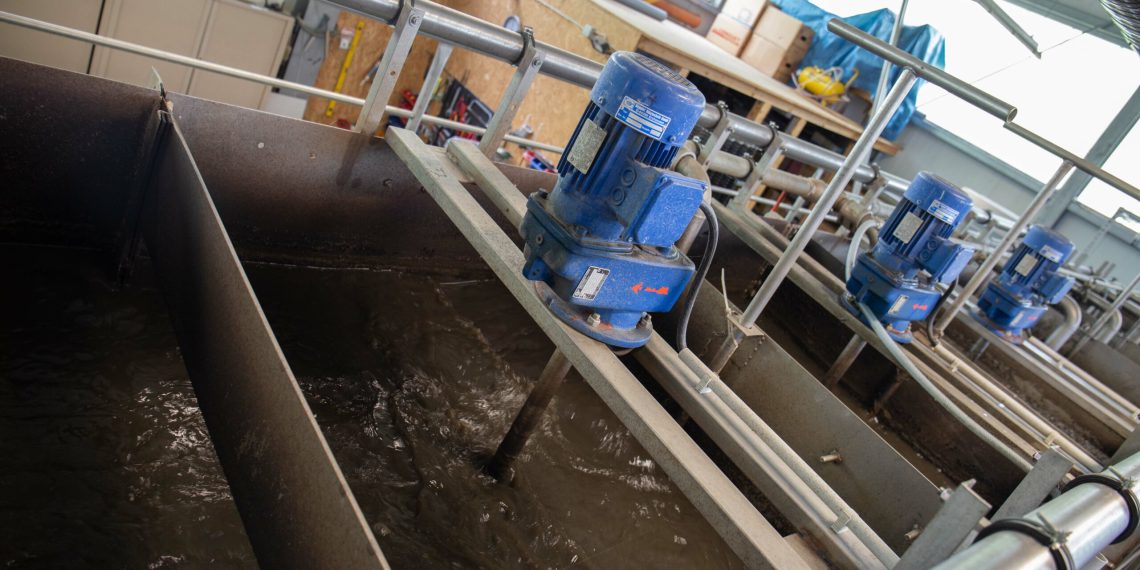Using a model and data from the field, a new study by the Leibniz Center for Tropical Marine Research (ZMT) calculates the extent to which large reefs such as the Great Barrier Reef off the Australian coast will be able to adapt to ocean warming in the long term.
Many stony corals live in a symbiotic relationship with unicellular algae, which is the basis for the formation of the large coral reefs. Only the photosynthesis products of the algae provide the coral polyps with the necessary energy to build up limestone structures, some of which are meters high. However, when ocean temperatures exceed the thermal tolerance of the coral-algae community, this relationship breaks down, causing the coral to reject its symbiotic algae, bleach out, and ultimately die.
Whether corals will be able to adapt sufficiently quickly to higher temperatures is critical to the future of coral reefs. Corals can respond to global warming in a variety of ways: for example, by settling in more favorable habitats, genetically adapting, or acclimatizing.
Since most coral species are stuck to the seafloor, translocation to cooler ocean regions can only occur as free-swimming coral larvae conquer new regions. This is a very slow process that is also influenced by prevailing currents. Genetic adaptation, in which selection pressure influences the frequency of gene variants in successive generations, is also often very slow.
“We hypothesized in our study that acclimation gives corals a greater chance to adapt to global warming. In this process, an individual’s characteristics change within its lifetime in response to environmental changes.”
- Prof. Dr. Agostino Merico, scientist at the ZMT
The authors of the study developed a mathematical model that, when combined with data from field research, allowed them to estimate the rate at which coral communities might naturally acclimate to global warming. In the model, the researchers exposed three large reef ecosystems to different scenarios of low, medium and high CO2 emissions: the Great Barrier Reef in Australia, and reefs of the Caribbean and the Coral Triangle in Southeast Asia.
“Previous modeling studies have not considered the possibility of acclimation,” Agostino Merico said. “In addition, little is known about the rate at which corals can acclimate. But this is an aspect that is critical for reliable predictions about the future of coral reefs as temperatures rise.” The model simulations found that coral acclimation can provide some degree of protection by delaying the decline of some reefs, such as the Great Barrier Reef. However, current acclimation rates will not be sufficient to protect corals from global warming in the long term. Model results suggest a significant decline in coral populations over an 80 to100 year period in all three marine regions, ranging from 12% to 55% depending on the region and the climate change scenario.
Corals are habitats for a variety of other organisms and provide important ecological services for millions of people — such as coastal protection, food resources or active ingredients for medicines. Their disappearance would thus have devastating consequences for humanity. “Our results underscore the urgent need for precise estimates of the ability and rate at which corals naturally acclimate. This should include laboratory experiments,” Agostino Merico says. “Global solutions to reduce emissions, management measures to minimize local threats to reefs, and human-assisted evolution remain the ultimate strategies to protect coral reefs,” the researcher adds.

















